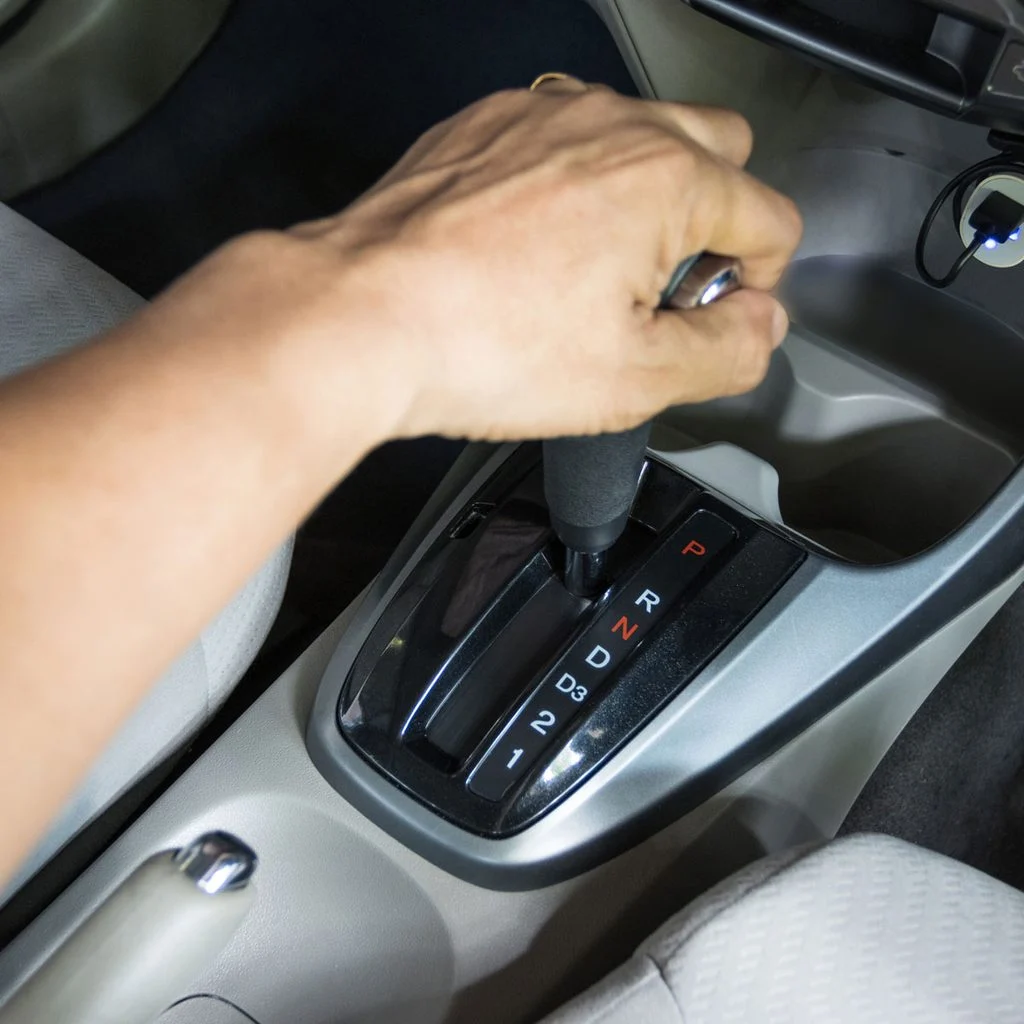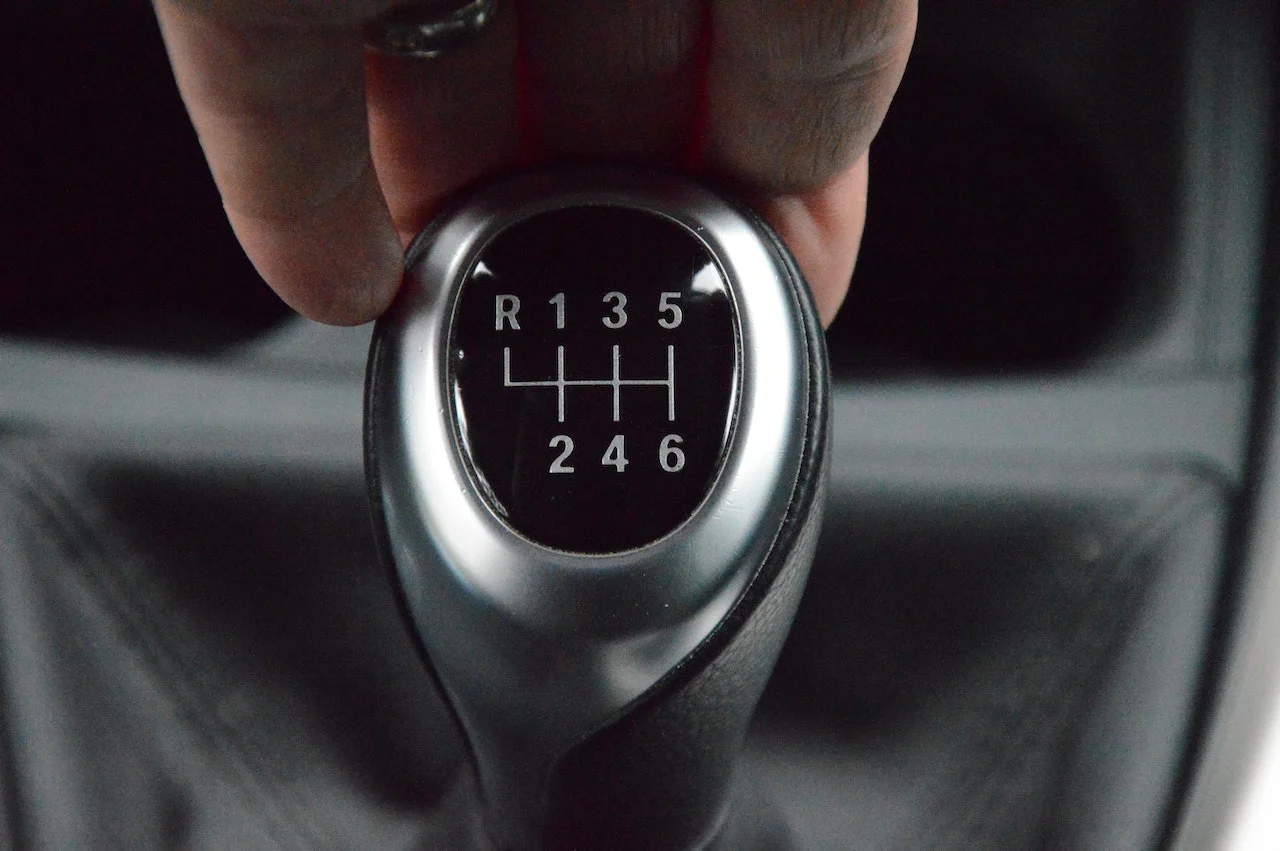


Failing to shift out of first gear is a common issue that can occur in both manual and automatic transmission vehicles. This problem can be caused by various factors, ranging from simple maintenance issues to more complex mechanical failures. When a car is stuck in first gear, it can severely limit the vehicle's performance and drivability, making it essential to identify and address the underlying cause promptly.
Over the years, I've learned that there are numerous potential culprits behind a car's inability to shift out of first gear. From simple fixes to more complex repairs, I've seen it all. In this post, I'll break down the common causes, provide a step-by-step diagnostic approach, and outline the various solutions to get your transmission back in tip-top shape.

Before we dive into the diagnostic process, let's explore some of the most common reasons why a car might get stuck in first gear:
| Cause | Description |
|---|---|
| Low Transmission Fluid Level | Transmission fluid is essential for lubricating and hydraulically operating the various components within the transmission. When the fluid level drops too low, it can cause the transmission to malfunction and get stuck in a particular gear. |
| Worn-Out Clutch (Manual Transmissions) | In manual transmission vehicles, a worn-out clutch can prevent the transmission from disengaging properly, making it impossible to shift gears smoothly. |
| Faulty Shift Linkage or Cables | Both manual and automatic transmissions rely on linkages or cables to connect the gear selector to the transmission itself. If these components become damaged, bent, or misadjusted, it can interfere with the transmission's ability to shift gears correctly. |
| Transmission Solenoid Issues (Automatic Transmissions) | Automatic transmissions use solenoids to control the flow of transmission fluid and engage or disengage specific gears. A malfunctioning solenoid can cause the transmission to get stuck in a particular gear, often first gear. |
| Transmission Control Module (TCM) Failure (Automatic Transmissions) | The TCM is the brain of an automatic transmission, controlling the shifting process based on input from various sensors. If the TCM fails or develops a software glitch, it can lead to erratic shifting behavior, including the inability to shift out of first gear. |
As you can see, the causes can range from simple issues like low fluid levels to more complex problems with internal transmission components or electronic control systems.
Before attempting any repairs, it's crucial to properly diagnose the root cause of the problem. Here's a step-by-step approach I recommend:
Locate the transmission fluid dipstick or fill plug and check the fluid level. Consult your owner's manual for the correct procedure and fluid type.
If the fluid level is low, top it up with the recommended fluid type and see if that resolves the issue.
Inspect the fluid's condition. Discolored or burnt-smelling fluid may indicate a more serious problem, and a fluid change or transmission service may be necessary.
For manual transmission vehicles, you'll need to inspect the clutch for signs of wear or damage.
This may involve removing the transmission or clutch assembly to visually inspect the clutch disc and pressure plate.
Look for signs of excessive wear, glazing, or cracks on the clutch components.
Inspect the shift linkage or cables for any signs of damage, binding, or misadjustment.
In some cases, simply lubricating or adjusting these components can resolve the shifting issue.
Refer to your vehicle's service manual for the correct adjustment procedures.
For modern vehicles with automatic transmissions, you can use an OBD-II scanner to check for any diagnostic trouble codes related to the transmission system.
These codes can provide valuable insights into the specific components or systems that may be causing the problem.
Consult a repair manual or online resources to interpret the meaning of any codes retrieved.
If you've tried the above steps and are still unable to pinpoint the issue, or if you're uncomfortable performing more advanced diagnostics or repairs, it's best to consult a professional mechanic. They have the necessary tools, equipment, and expertise to accurately diagnose and repair transmission problems.
Once you've identified the root cause of the issue, there are various potential solutions to address a car that won't shift out of first gear:
| Solution | Description |
|---|---|
| Transmission Fluid Change or Top-Up | If the issue is caused by low or contaminated transmission fluid, a fluid change or top-up may be all that's needed to restore proper shifting. |
| Clutch Replacement (Manual Transmissions) | If the clutch is worn out or damaged, it will need to be replaced. This typically involves removing the transmission and replacing the clutch disc, pressure plate, and potentially other related components. |
| Shift Linkage or Cable Repair/Replacement | Damaged or misadjusted shift linkages or cables may need to be repaired, adjusted, or replaced to restore proper shifting functionality. |
| Solenoid Replacement (Automatic Transmissions) | If a faulty transmission solenoid is causing the shifting issue, it will need to be replaced. This can be a complex repair, as it may involve removing the transmission or valve body to access the solenoids. |
| Transmission Control Module (TCM) Replacement or Reprogramming (Automatic Transmissions) | In cases where the TCM is faulty or has a software glitch, it may need to be replaced or reprogrammed to resolve the shifting issue. |
| Transmission Rebuild or Replacement | In severe cases, where the transmission itself is severely damaged or worn out, a complete transmission rebuild or replacement may be necessary. This is typically the most expensive and labor-intensive solution, but it may be the only option if the transmission is beyond repair. |
Depending on the specific cause and severity of the issue, one or more of these solutions may be required to get your transmission back in working order.
To help prevent transmission issues, including the "stuck in first gear" problem, it's essential to practice regular preventive maintenance. Here are some tips to keep in mind:

Follow the recommended transmission fluid change intervals specified by the manufacturer.
Avoid aggressive driving habits, such as sudden acceleration or hard braking, which can put unnecessary strain on the transmission.
Address warning signs early, such as slipping gears, delayed engagement, or unusual noises coming from the transmission. Ignoring these signs can lead to more severe and costly issues down the line.
Use the correct transmission fluid type specified by the manufacturer. Using the wrong fluid can cause compatibility issues and potentially damage the transmission.
Have your transmission inspected and serviced by a qualified mechanic at the recommended intervals or if you notice any issues.
| Preventive Maintenance Task | Description |
|---|---|
| Transmission Fluid Change | Follow the manufacturer's recommended intervals for changing the transmission fluid. Fresh fluid helps ensure proper lubrication and operation of the transmission components. |
| Transmission Filter Replacement | Many transmissions have a filter that should be replaced during fluid changes to remove contaminants and debris. |
| Transmission Pan Inspection | During fluid changes, the transmission pan can be inspected for signs of excessive wear or debris, which may indicate internal transmission issues. |
| Linkage and Cable Lubrication | Lubricating the shift linkages and cables can help prevent binding and ensure smooth shifting. |
| Transmission Cooler Inspection | The transmission cooler helps regulate the temperature of the transmission fluid. Inspecting and cleaning the cooler can improve transmission performance and longevity. |
By following these preventive maintenance practices, you can help extend the life of your transmission and avoid costly repairs down the line.
Dealing with a car that won't shift out of first gear can be a frustrating experience, but with the right knowledge and approach, it's a problem that can be resolved. Whether it's a simple fix like topping up the transmission fluid or a more complex repair like rebuilding the transmission, understanding the potential causes and solutions is key.
Remember, preventive maintenance is crucial for extending the life of your transmission and avoiding costly repairs down the line. By following the recommended maintenance schedule and addressing warning signs early, you can help ensure that your car's transmission remains in top condition for years to come.
If you ever find yourself in a situation where your car won't shift out of first gear, don't panic. Refer back to this guide, and if you're unsure or uncomfortable with performing any repairs yourself, don't hesitate to seek the assistance of a professional mechanic. They have the expertise and tools to accurately diagnose and resolve the issue, ensuring that you can get back on the road safely and smoothly.
Happy motoring, and may your gears always shift smoothly!
Based on the provided article content, here is an FAQ section with 10 additional questions and answers:
There could be high pawl pressure from parking on an incline, a failed brake switch, transmission failure, a faulty shifter interlock, or a malfunctioning ignition switch. Checking these components can help identify and resolve the issue.
Locate the gear shift lock cover near the shifter, remove it, insert a tool to push down the button while pressing the brake pedal, and move the shifter to neutral. This bypasses the interlock temporarily.
Low transmission fluid can cause the transmission to malfunction and get stuck in a particular gear. It's essential to check and maintain the proper fluid level.
Yes, in manual transmission vehicles, a worn-out clutch can prevent the transmission from disengaging properly, making it impossible to shift gears smoothly.
The shift linkage or cables connect the gear selector to the transmission, and if they become damaged, bent, or misadjusted, it can interfere with the transmission's ability to shift gears correctly.
Malfunctioning solenoids can cause the transmission to get stuck in a particular gear, often first gear, as they control the flow of transmission fluid and engage or disengage specific gears.
The TCM is the brain of an automatic transmission, and if it fails or develops a software glitch, it can lead to erratic shifting behavior, including the inability to shift out of first gear.
In manual transmissions, a faulty clutch master cylinder can cause issues like difficulty shifting gears, a grinding noise, or the clutch pedal sinking all the way to the floor before engaging.
Shift linkage wires can get pinched or ruptured due to rubbing against sharp metal edges of the frame, leading to an inability to shift gears or the transmission staying in a particular gear.
Following the recommended maintenance schedule, including transmission fluid changes, filter replacements, and inspections, can help extend the life of the transmission and avoid costly repairs.

Sarah isn't your average gearhead. With a double major in Mechanical Engineering and Automotive Technology, she dived straight into the world of car repair. After 15 years of turning wrenches at dealerships and independent shops, Sarah joined MICDOT to share her expertise and passion for making cars run like new. Her in-depth knowledge and knack for explaining complex issues in simple terms make her a valuable asset to our team.









